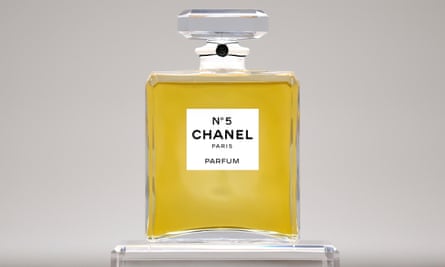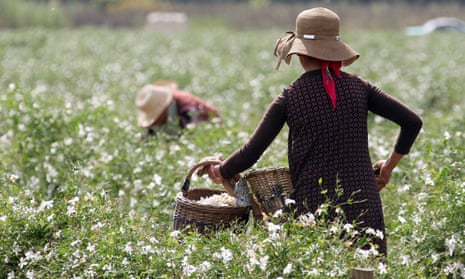Chanel has threatened to close its perfumery in the French city of Grasse over plans for a high-speed rail line, which it claims threatens the flowers used to make its best-known fragrance, Chanel No 5.
The company has threatened to leave the city – the luxury perfume capital of the world – if a TGV line is driven through the Provençal fields where it grows flowers for the perfume.
In a strongly worded open letter to planners, Chanel said a viaduct to carry trains over the picturesque Siagne valley would be a disaster. “The construction of a viaduct and the regular passage of high-speed trains over these fields of flowers would force Chanel to cease supporting its artisanal activities in the region,” the label said.
A dozen May roses and 1,000 jasmine flowers are used in every 30-millilitre bottle of No 5. In its letter, Chanel said the quality of the flowers harvested around Grasse was “unique and exceptional ... and indispensable for the creation of Chanel perfumes”.

France’s state-owned railway company, SNCF, argues that the €6.7bn (£5.6bn) line would knock an hour off the trip along the French Riviera from Marseille to Nice. It said the line was the most congested in France outside Paris and desperately needed investment.
Despite its high tourist numbers, the Côte d’Azur is one of the worst served by the country’s high-speed rail network. The journey time from Paris to Nice is about six hours.
Chanel has already fought off plans for a dump not far from the fields where the Mul family grow the flowers. The classic scent was created by Coco Chanel in 1921 and quickly came to define a new type of independent, modern woman.
She commissioned Ernest Beaux – who had been the perfumier to the Russian tsar – to concoct a new type of perfume that broke with the strict rules of the day about what kind of scent was “proper” for a woman to wear. “I don’t want any rose or lily of the valley perfume; I want a more elaborate scent,” she said.
Chanel had been introduced to Beaux on the Riviera close to Grasse by her then lover, Grand Duke Dmitri Pavlovich Romanov, the man who had murdered Rasputin, the notorious Russian mystic.
The fragrance became the most famous perfume of the 20th century, worn by Marilyn Monroe among others, with a bottle sold every 30 seconds, according to Vogue magazine.

Comments (…)
Sign in or create your Guardian account to join the discussion